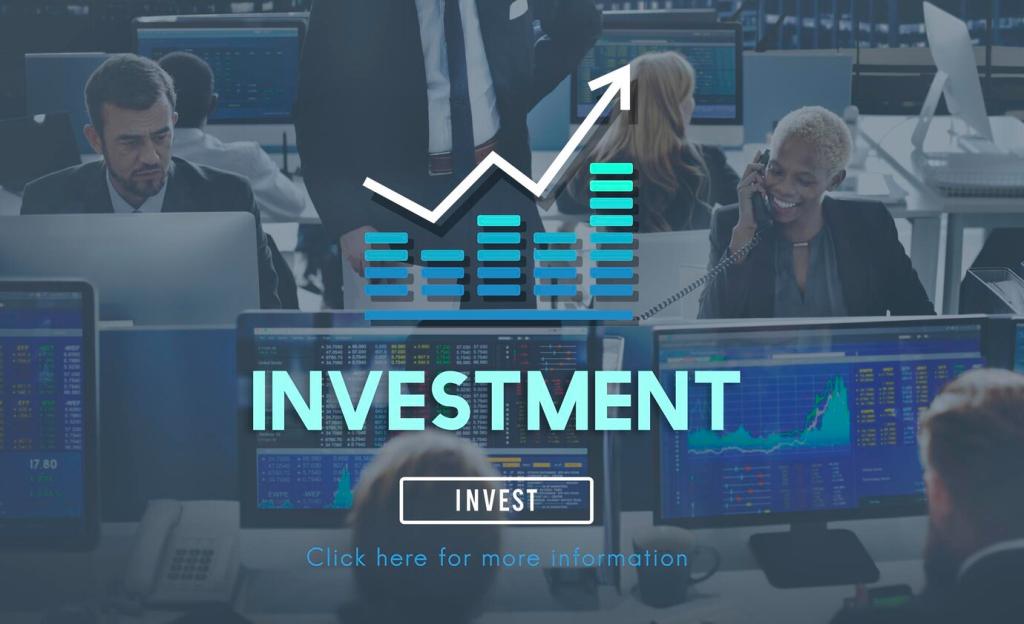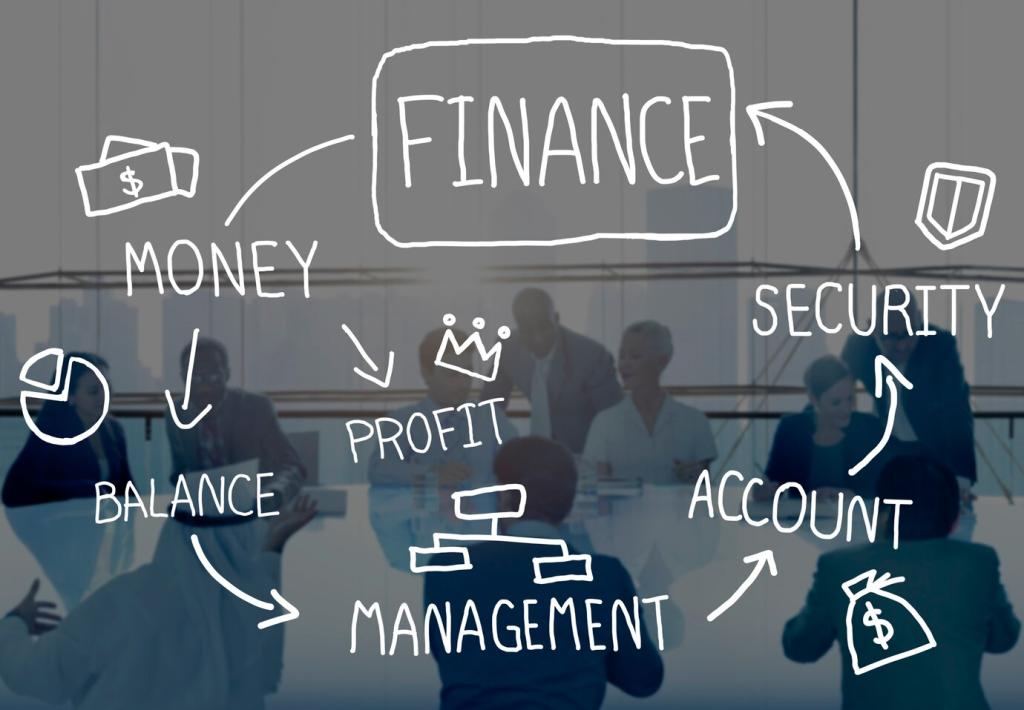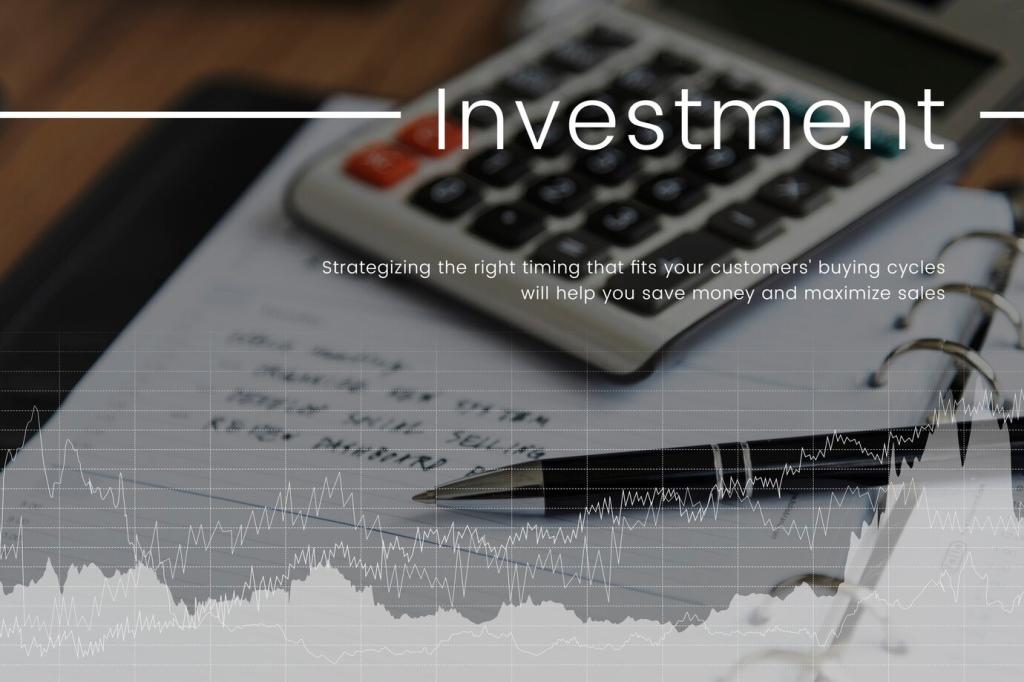Developing Sustainable Financial Models: Turning Purpose into Performance
Foundations: What Makes a Financial Model Truly Sustainable
Defining Sustainability Beyond Buzzwords
A sustainable financial model aligns cash flows with long-term environmental, social, and governance priorities. It anticipates externalities, accounts for risk, and embeds incentives so doing the right thing becomes the most financially rational option.
The Triple Bottom Line in Numbers
People, planet, and profit become more than slogans when tied to explicit metrics like energy intensity per revenue, retention driven by trust, and risk-adjusted return after carbon, water, and community-related costs are reflected transparently.
Resilient Revenue by Design
Diversified revenue streams, mission-aligned products, and predictive maintenance reduce volatility. By modeling cycles, policy shifts, and commodity exposure, you create buffers that protect impact, margins, and momentum when conditions unexpectedly tighten.
Blend financial and ESG indicators: gross margin after abatement costs, lifetime value adjusted for churn risk, Scope 2 intensity per unit sold, and supplier compliance rates tied to on-time delivery and defect trends across the value chain.

Forecasting the Future: Scenarios, Stress Tests, and Risk

Scenario Planning with Carbon and Policy Shifts
Model internal carbon prices, rising compliance costs, and consumer preference swings. Run best, base, and downside cases to understand margin resilience and capital needs, then pre-approve responses to accelerate decisions when markets move abruptly.

Liquidity Buffers and Cash Runway under Stress
Stress test receivables, inventory, and supply chain finance. Define triggers for expense freezes and alternative sourcing. Maintain diversified credit lines and dynamic working capital levers so impact programs survive, not shrink, during volatile quarters.

A Founder’s Anecdote: Surviving a Supply Shock
One climate-tech startup modeled a materials spike and pre-negotiated fallback suppliers. When disruptions hit, they pivoted within days, protected gross margins, and kept their carbon-reduction roadmap intact—proof that rigorous planning preserves mission and cash.
Financing the Mission: Capital Stack and Incentive Design
Use concessional funds for de-risking pilots, project finance for proven assets, and sustainability-linked loans that reduce spreads when targets are met. Structure maturities to cash generation, avoiding pressure that undermines long-term environmental commitments.
Financing the Mission: Capital Stack and Incentive Design
Embed performance ratchets tied to verified metrics, not marketing claims. Link interest, warrants, or earn-outs to energy savings, waste reduction, or equitable access achieved, ensuring capital providers win when stakeholders and ecosystems genuinely benefit together.



Measure, Report, Assure: Credibility at the Core
Translate goals into an impact profit-and-loss, linking inputs, activities, outcomes, and verified results. Use standardized frameworks so stakeholders can compare performance across time, markets, and peers without confusion or selective interpretation of indicators.
Governance, Culture, and Continuous Improvement
Tie bonuses and equity to verified milestones like emissions intensity reductions, safety improvements, or inclusion metrics. Clear incentives focus attention where it matters and prevent shortcuts that erode long-term value for communities and shareholders alike.

